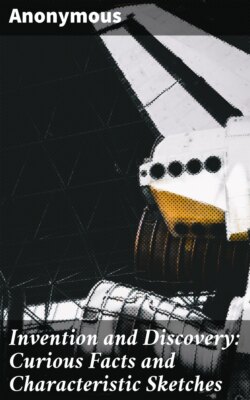Читать книгу Invention and Discovery: Curious Facts and Characteristic Sketches - Anonymous - Страница 11
На сайте Литреса книга снята с продажи.
FALSE ESTIMATE OF RAILWAY SPEED.
ОглавлениеTable of Contents
The ordinary speed of George Stephenson's Killingworth engine, in 1814, was four miles an hour. In 1825, Mr. Wood, in his work on Railways, took the standard at six miles an hour, drawing 40 tons on a level; and so confident was he that he gauged the power of the locomotive, that he asserted—"nothing could do more harm towards the adoption of railways than the promulgation of such nonsense as that we shall see locomotive engines travelling at the rate of 12, 16, 18, and 20 miles an hour." The promulgator of such nonsense was George Stephenson. In 1829, it was estimated that, at 15 miles an hour, the gross load was 9–½ tons, and the net load very little; and that, therefore, high speed, if attainable, was perfectly useless. Before the end of that year, George Stephenson got with "the Rocket" a speed of 29–½ miles an hour, carrying a net load of 9–½ tons. In 1831, his engines were to draw 90 tons on a level, at 20 miles an hour.
When the speed of the locomotive was set beyond question, prejudice then took the alarm about safety, and a very strong stand was from time to time made for a limitation of speed. Even after the year 1849, the London and Birmingham Directors considered that 20 miles an hour was enough; but the vigour of the broad gauge advocates has tripled the working power of the locomotive, and given us 60 miles an hour where we might have been lingering at 20.
